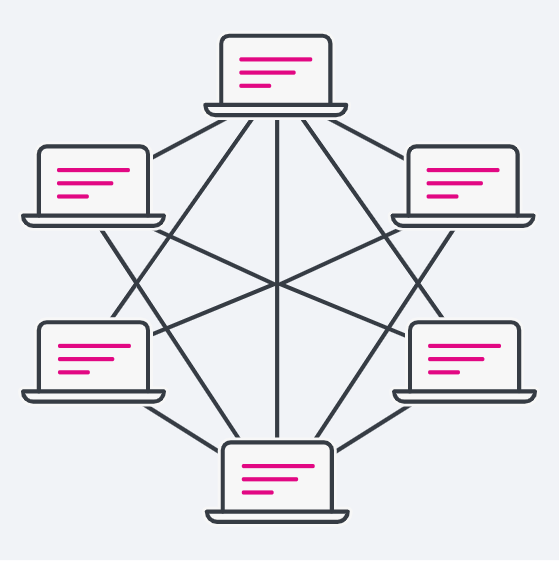How blockchain works is explained best by understanding the communal aspect. The blockchain process starts with a proposed online transaction to transfer digital currency between to parties or trigger the execution of a smart contract. That transaction is then sent out as a request to all the nodes within that blockchain’s peer network, each of which contains a complete copy of the digital ledger — the transaction history of the entire blockchain. Then, according to the protocol rules set forth by the blockchain network, one node proposes a new block formed of these transactions and the rest of the network validates that the proposed block has followed the network rules.
This is what makes the technology very difficult to hack. No one computer controls the data and to change it in one block would mean the entire chain needs to follow suit. Everyone has a copy that is automatically updated; alterations need to be verified by everyone in the network. And with the addition of programmable code (first suggested by Russian-Canadian Vitalik Buterin, co-founder of the Ethereum Network) the technology can be used to create “smart contracts” that can execute agreements when certain conditions are met.

